The Hambleton Hall building was a hunting lodge built in 1881 by Walter Marshall, who made his money by owning a brewery. It now overlooks Rutland Water, a reservoir built in the 1970s. Hambleton Hall was opened in its current form as a hotel and restaurant in 1980 by its owners Tim and Stefa Hart. Mr Hart was a former Cambridge philosophy graduate and investment banker. There is an attractive terrace overlooking the immaculate gardens and looking out to Rutland Water in the distance. This is a lovely spot for a drink and canapés, weather permitting. The dining room is in the ground floor, with a large lounge for coffee afterwards that has a real log fire. Tables were large and well-spaced, and set with high quality white linen tablecloths that had been faultlessly ironed. The menu was a la carte, at £135 for three courses, with an optional cheese course available at a £20 supplement. The dining room can seat 55 diners including a private room, though forty is more common. This is a seven day a week operation, and there are twenty chefs on staff in total. Executive chef Aaron Patterson has worked here for years. Now in charge of the kitchen on a day-to-day basis are two joint head chefs, James Stone (working tonight) and Charlie Jones. Both are veterans of Hambleton Hall.
The wine list had 316 labels and ranged in price from £31 to £1,050, with a median price of £78 and an average markup to retail price of 2.8 times, which is very reasonable these days. Sample references were Azevedo Loureiro Alvarinho Vinho Verde 2023 at £34 for a bottle that you can find in the high street for £13, Wild Earth Riesling from Central Otago 2022 at £54 compared to its retail price of £19, and Mas La Mola Poboleda Vi de Villa Priorat 2022 at £93 for a wine that will set you back £37 in the high street. For those with the means there was Krug Grande Cuvée at £425 compared to its retail price of £245, and Chateau d’Yquem Sauternes 1er Cru Classé 1998 at £608 for a wine whose current market value is £306. I happened to do a detailed analysis of the wine list here in June 2020, so it is interesting to compare a few things five years on. The median price has gone up from £51 to £78, when inflation alone would suggest a new median of £64.59. The markup to retail price used to be 2.4 times and is now 2.8 times. This is still a fair markup by UK standards, where the average markup in my database is currently 3.1 times, but it is not quite the bargain that it once was.
Bread was from nearby Hambleton bakery (set up by Tim Hart and Julian Carter in 2008). There was a choice of brown or white sourdough both of which had very good texture, along with miso and rosemary flavoured butter. Canapés were cheese gougeres, with choux pastry that had pleasant texture and good cheese flavour. There was very good scallop tartare in oyster leaf, the scallop having plenty of natural sweetness, and finally a pleasant tomato canapé (15/20 canapés). An amuse-bouche that followed was pea and mint veloute with a Driftwood goat cheese (from White Lake Cheese in Somerset) crumb. The pea (from a company called Veg Factor) were made with tomato essence, fresh mint and cream and then blended together with a thickening starch. This was terrific, having lovely pea flour with plenty of sweetness, going very well with the well-controlled mint and mild cheese flavour (17/20).
I had morel boudin stuffed with chicken mousse, with tarragon and grappa sauce. The Turkish morels were excellent, with the boudin made using sauteed morels bound with chicken mousse and tarragon. Further whole morels were poached in cream with rosemary, garlic and butter. The dish was completed by a sauce based on a chicken stock, dry white and Gewurztraminer wines, grappa, morel trimmings and cream. This was a very successful dish, the morels having very earthy good flavour that worked well with the richly flavoured chicken mousse, the tarragon adding an extra flavour profile, with a floral hint from the grappa (17/20). A vegetarian alternative was summer salad of truffle used herbs and leaves from the Hambleton Hall garden. There was rocket, white and green asparagus, turnip, artichoke, quail egg, tomato, broad beans, baby gem lettuce, cucumber, carrot and croutons, with a nicely balanced truffle mayonnaise. Ultimately this was just a salad, but it was a very good one.
Roast guinea fowl came with petit chou farci, wild garlic risotto and Wye Valley green asparagus, as well as girolle mushrooms. The guinea fowl was from Brittany. The bird’s skin is crisped up in a hot pan, and the bird cooked sous vide with oil, thyme, rosemary and garlic. It is finished in a hot pan with fennel powder, salt, lemon juice. The guinea fowl had very good flavour and was carefully cooked, the wild garlic risotto had excellent texture and delicate flavour, and the girolles were lovely, the asparagus being tender. The stuffed cabbage worked very well with the meat, its earthiness a nice contrast to the guinea fowl (16/20). A vegetarian alternative of tagliatelle of mushrooms had pasta with good texture and a selection of mushrooms including morels and girolles, as well as artichokes and red onions, with a garnish of summer truffle.
An all-British cheese board offered two blue cheeses. Cropwell Bishop Stilton from Nottinghamshire has been made since 1847. “The Duke” soft blue cheese is made from pasteurised Red Poll breed cows milk, aged for twelve weeks and made by Rennet and Rind in Cambridge. There was also Baron Bigod, the Brie-style cheese from Bungay in Suffolk. There were two different ages of Driftwood creamy unpasteurised goat cheese and another goat cheese called Rachel, a semi-hard, washed-rind goat's milk cheese. These are all made in Shelton Mallet in Somerset by White Lake Cheese. There was also Wigmore unpasteurised ewe’s milk cheese from Berkshire, and the Reblochon like Rollright cow cheese wrapped in spruce bark, from Kings Town dairy in Gloucestershire. Finally, there was five years aged Lincolnshire poacher, made at Ulceby Grange farm in Alford, and raw milk Mrs Kirkham Lancashire cheese from Goosnargh. These cheeses were served with date and walnut bread and sourdough crackers. This was a lovely cheese board, all the offerings being in excellent condition. It is also a demonstration that you can serve a very fine cheese selection without choosing anything outside the British Isles.
Apricot soufflé was served with almond ice cream. The apricots were from Kent, cooked then blended and thickened with cornflour. Traditionally a French meringue was made and the apricot folded in. The souffle mix was added to a souffle pot and cooked in a convention oven. This approach is tweaked here by adding alittle of the Soufflé mix to the soufflé pot, with a compote made using apricots, sauternes and Madagascan vanilla then added to the pot and the rest of the soufflé mix is placed on top, filling the pot before it goes into the oven. The soufflé had excellent texture, evenly cooked through, light and airy. The apricot flavour came through well, and the acidity of the fruit gave enough balance to the sugar used in the soufflé mix (17/20).
Unwaxed lemon tart was offered with almond ice cream (I swapped this for the original sorrel ice cream offered, which is not my thing). The pastry of the tart was delicate and the filling was excellent, with just enough acidity to balance the traditional filling of cream, eggs and sugar. There was also a pretty tuile that gave a contrasting texture (17/20). Two coffee suppliers are used here. There is Monmouth in London for cafetière coffee, and a Nottingham roaster called 200 Degree Coffee (the temperature at which the green beans are roasted) for the espresso. This was good quality and came with a trio of nice petit fours: hazelnut and dark chocolate, white chocolate with strawberry and a plain dark chocolate.
Service was fine and quite friendly, with wine topping up mostly good. The bill came to £262 per person, with an extra cheese course. If you stuck to three course and shared a modest bottle of wine from this reasonably priced list then you could leave with a bill of around £190 per person.
The cooking here was right on the border between 16/20 and 17/20 but it is incredibly enjoyable food. The dishes were just the kind of things that I want to eat and it is nice it be able to choose from a la carte rather than submitting to the tyranny of the tasting menu. The technical skill in the kitchen is high, and the best dishes, such as the pea amuse bouche and the apricot soufflé, were impressive. This is not cooking that is pushing any culinary boundaries but is content to serve appealing, well executed dishes. Amen to that.
Further reviews: 16th Jul 2020 | 04th Jul 2014 | 01st Sep 2009


































































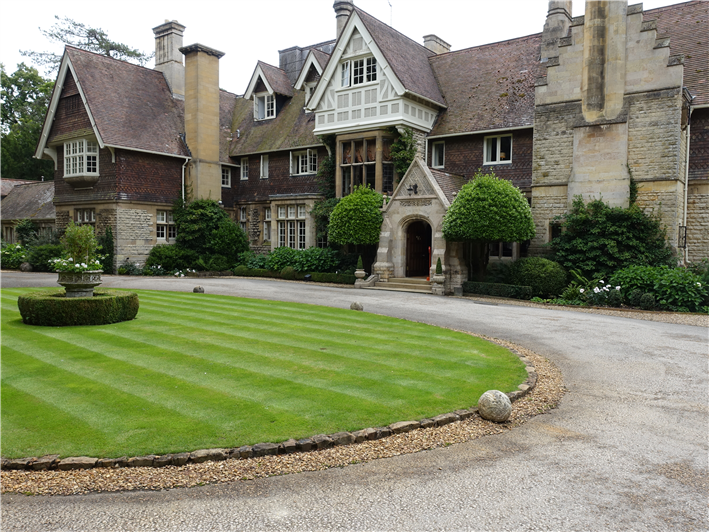

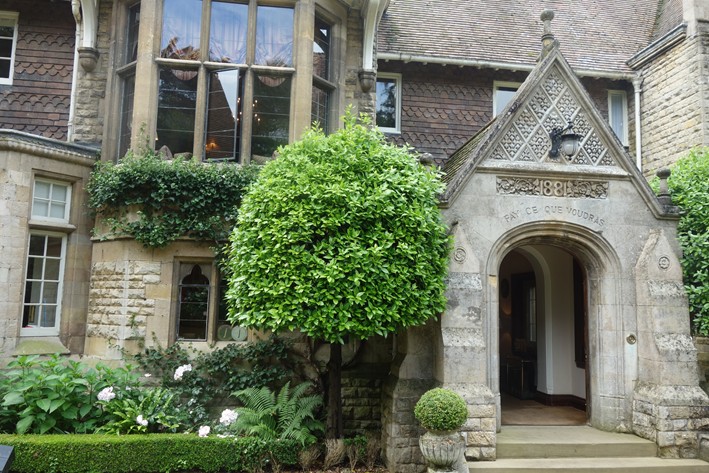
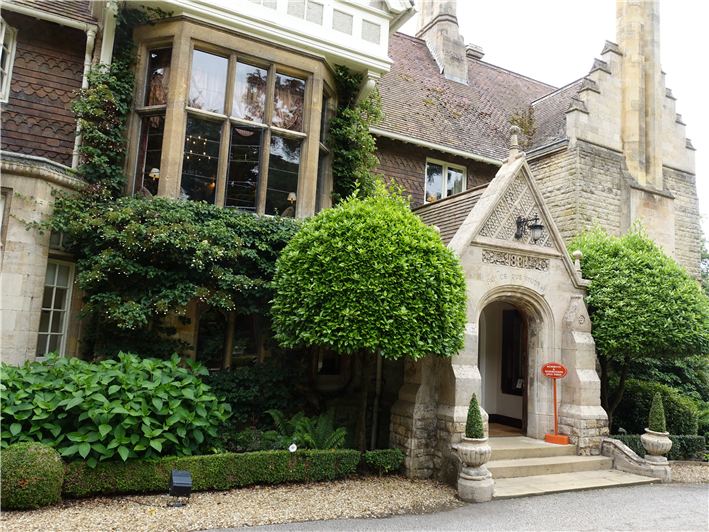

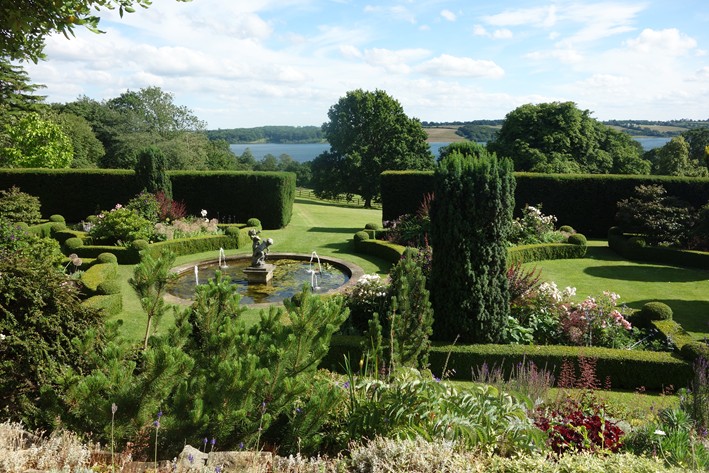
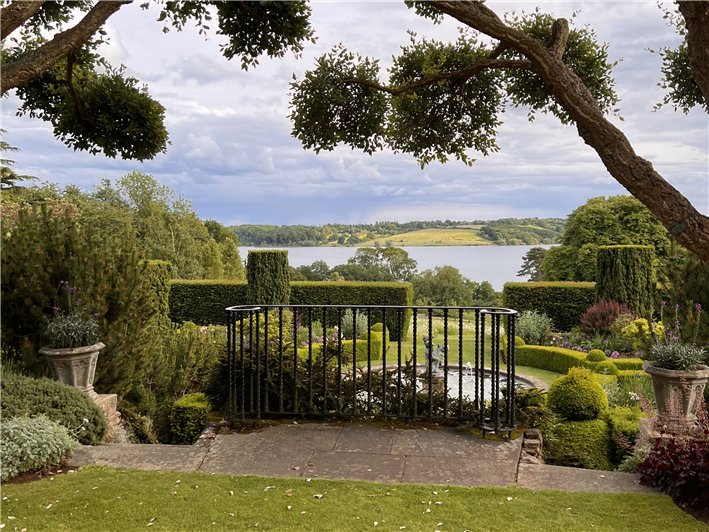
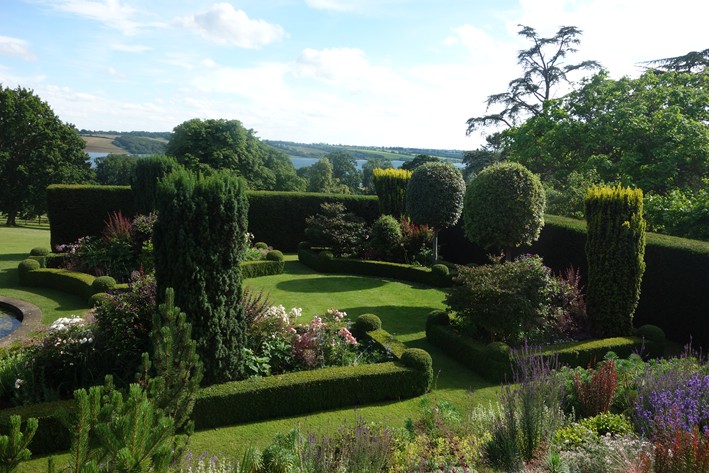
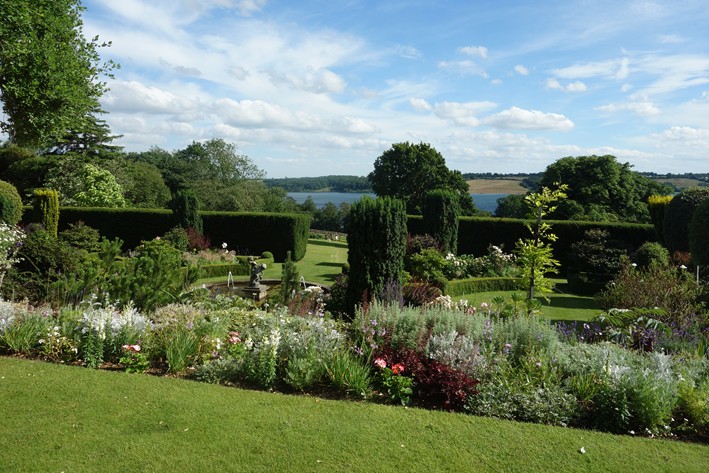
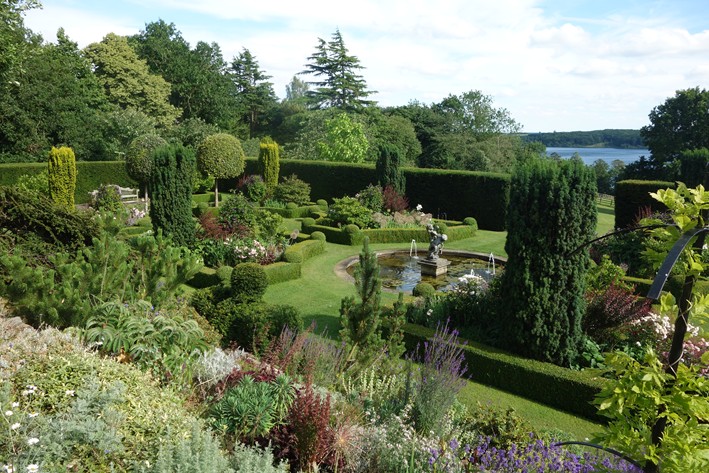
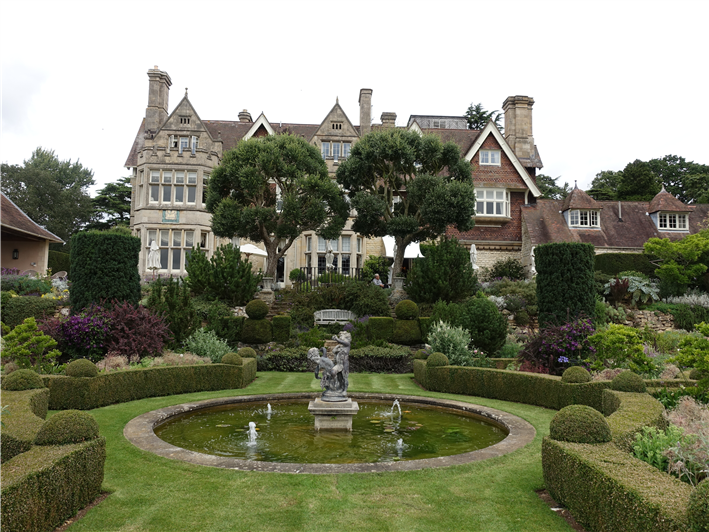
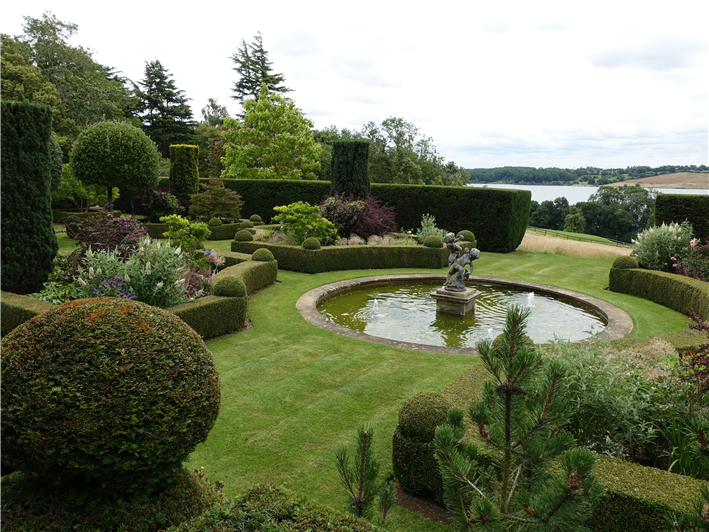
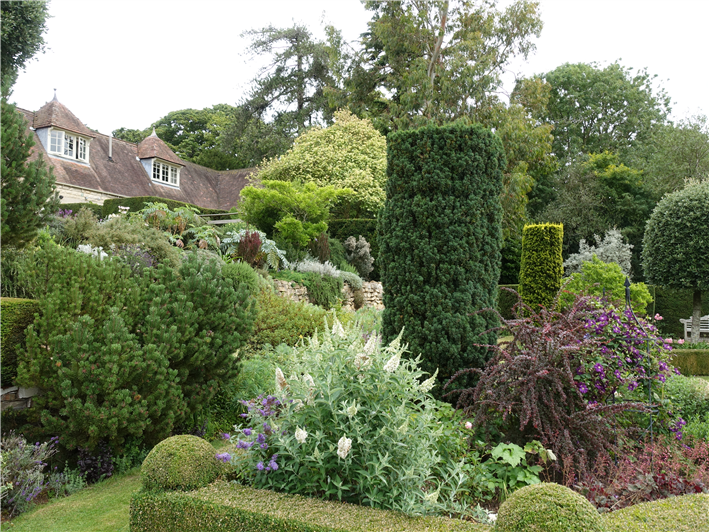
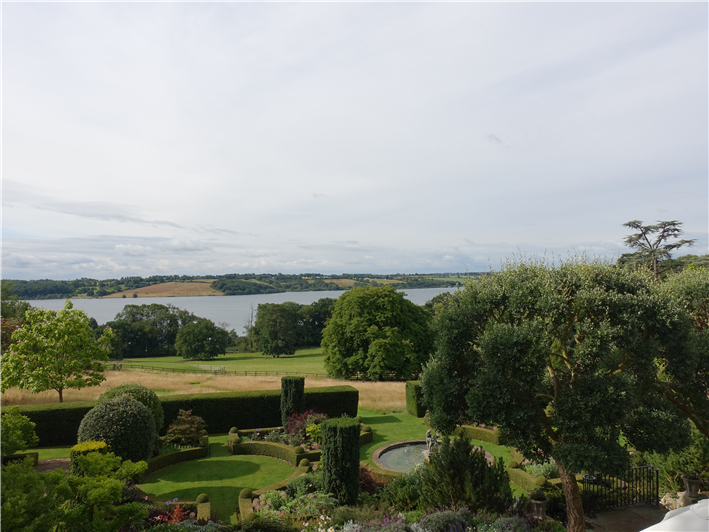
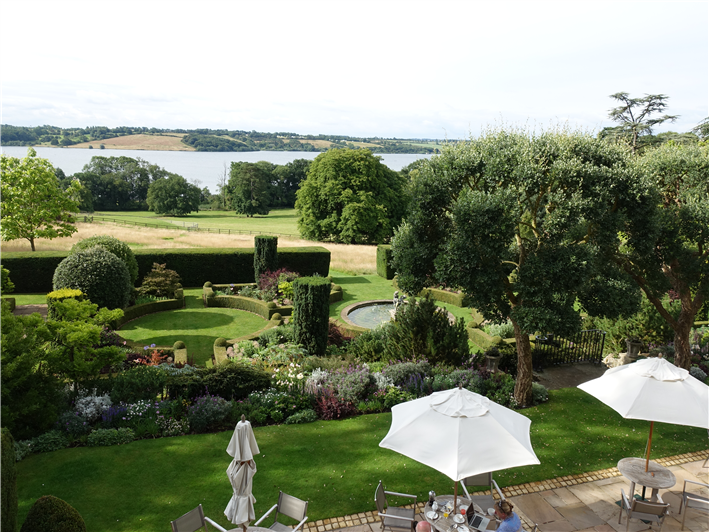
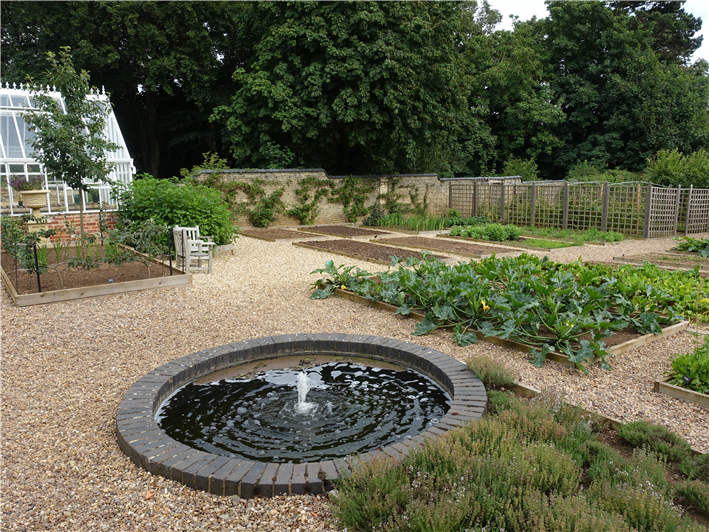
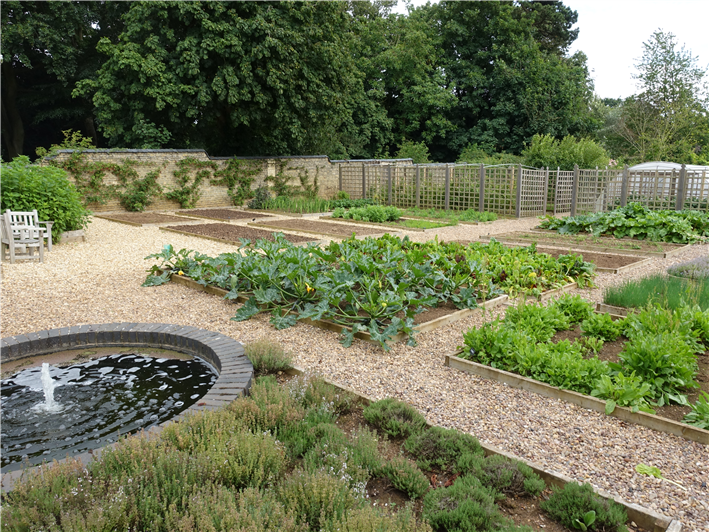
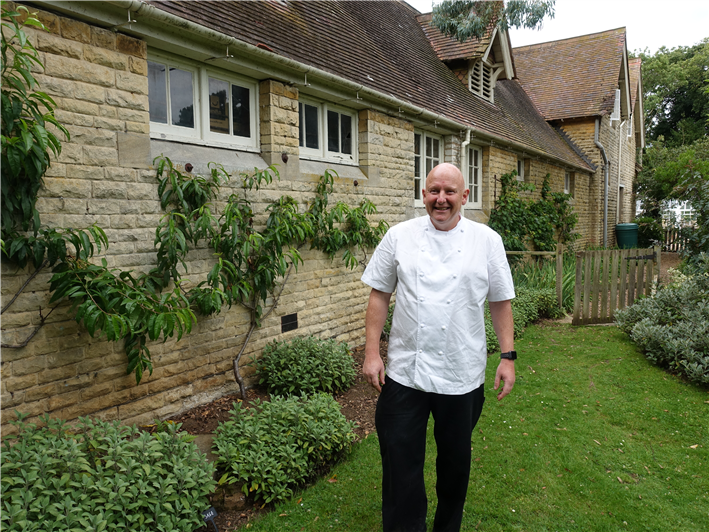
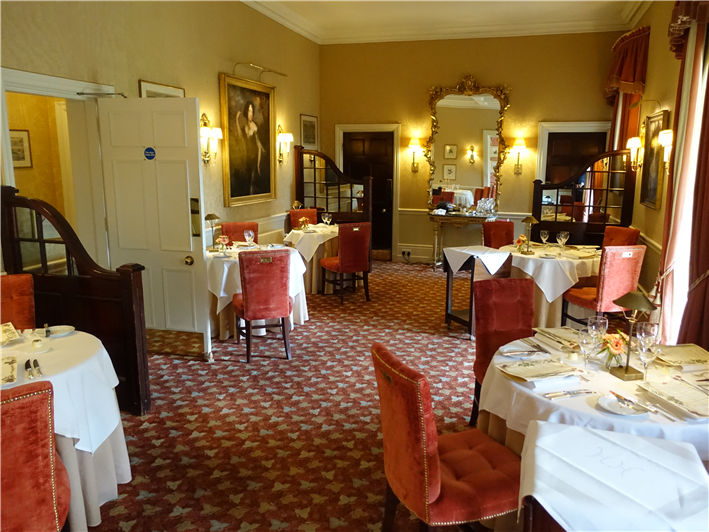
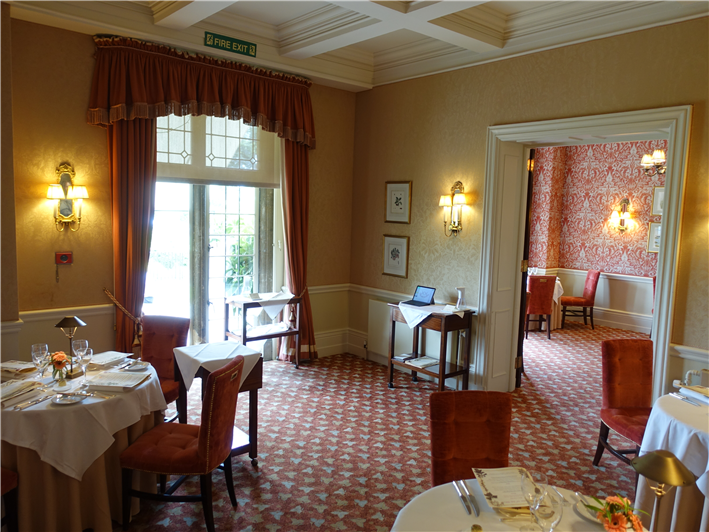
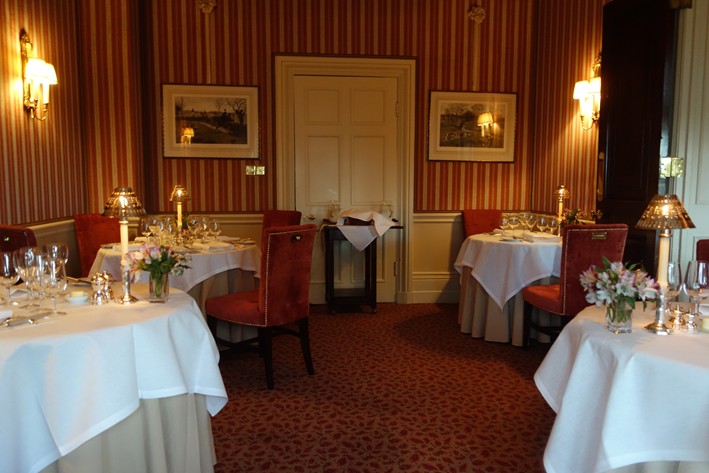
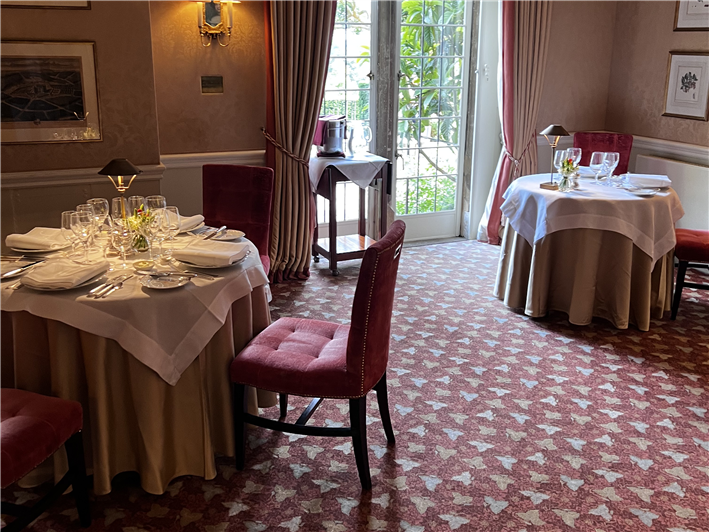
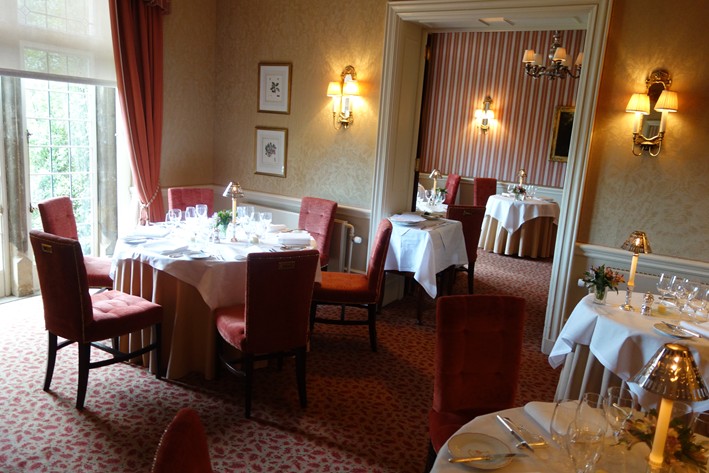
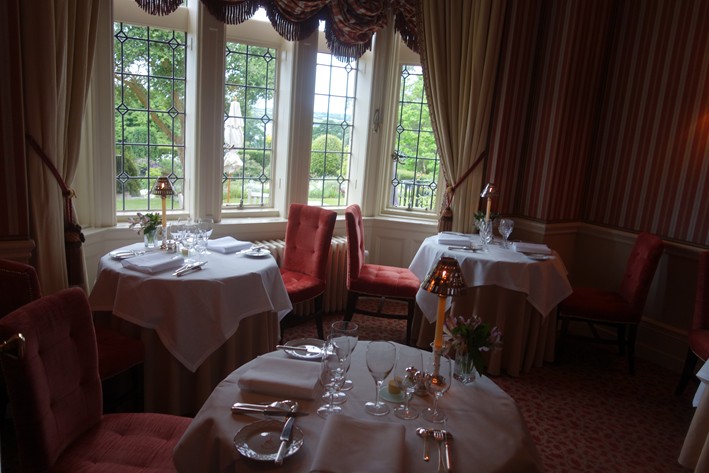
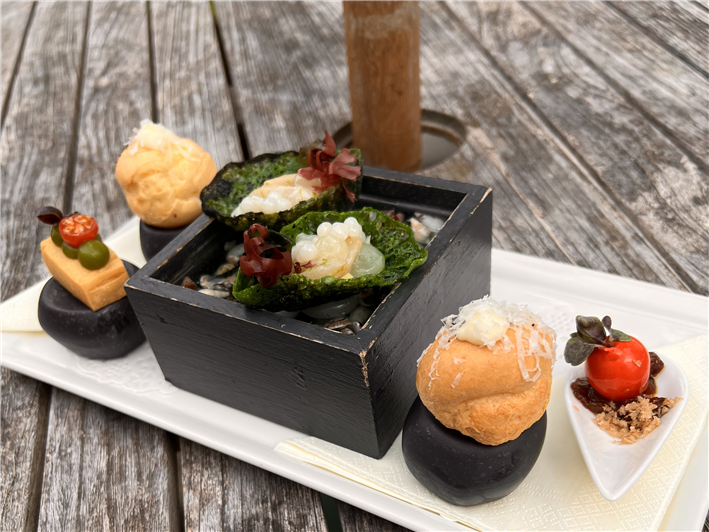
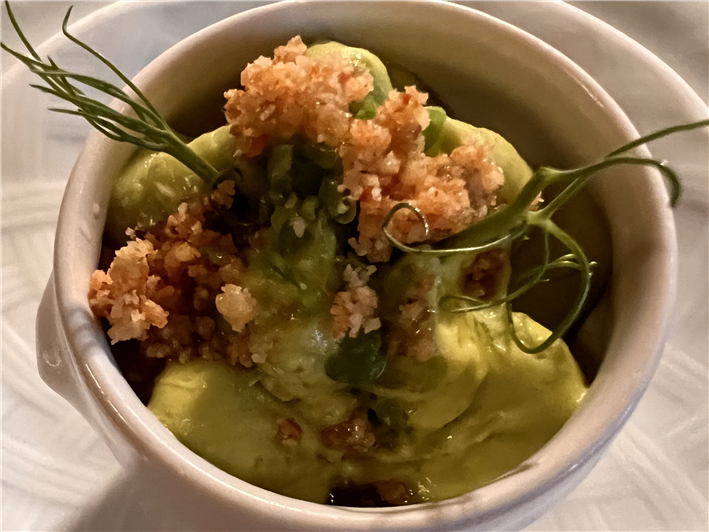
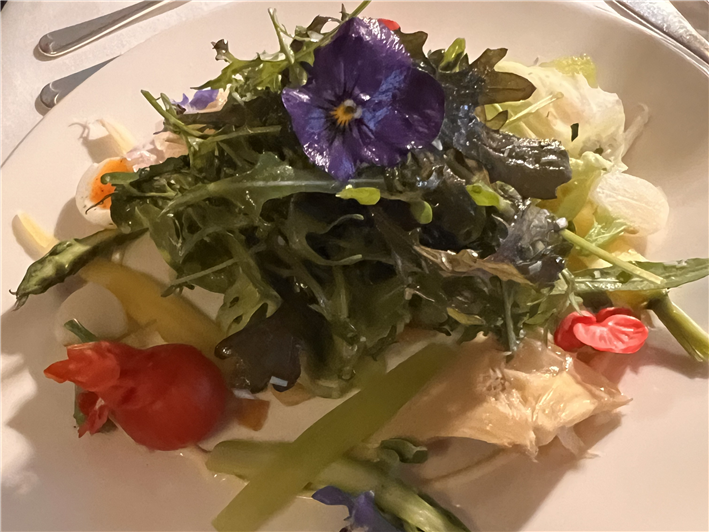
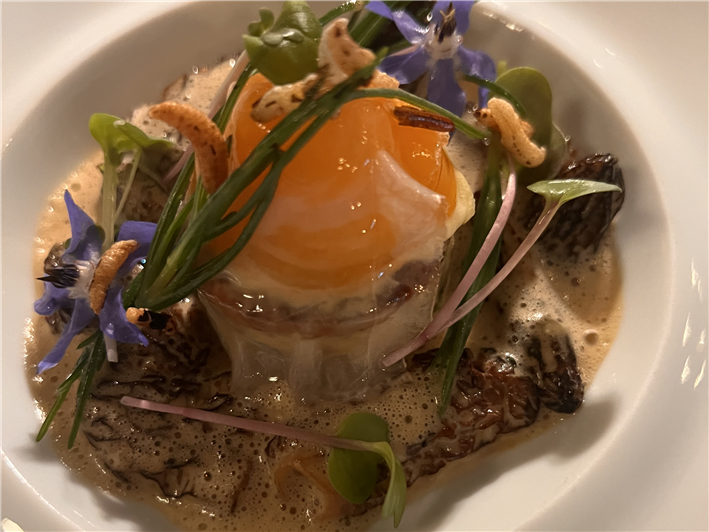
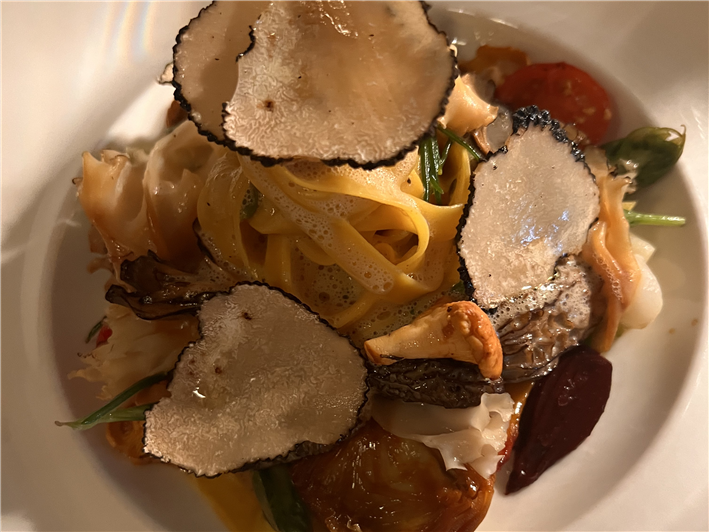

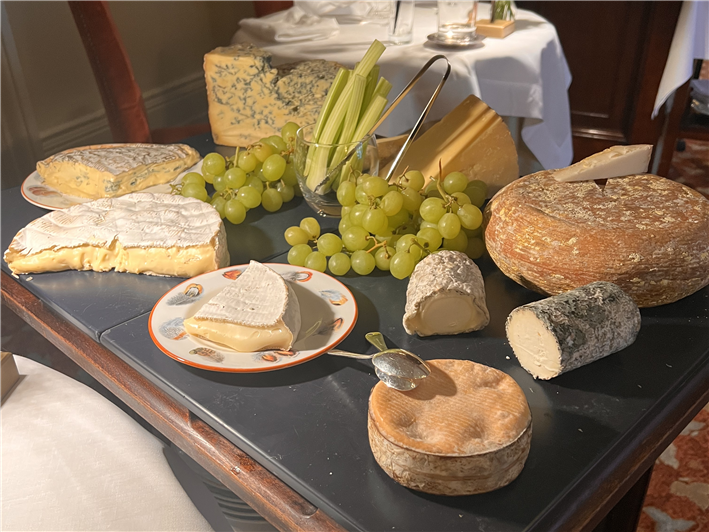
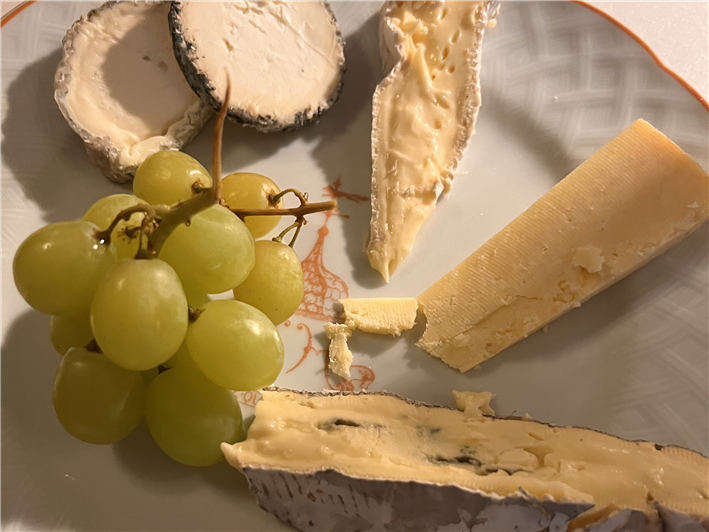
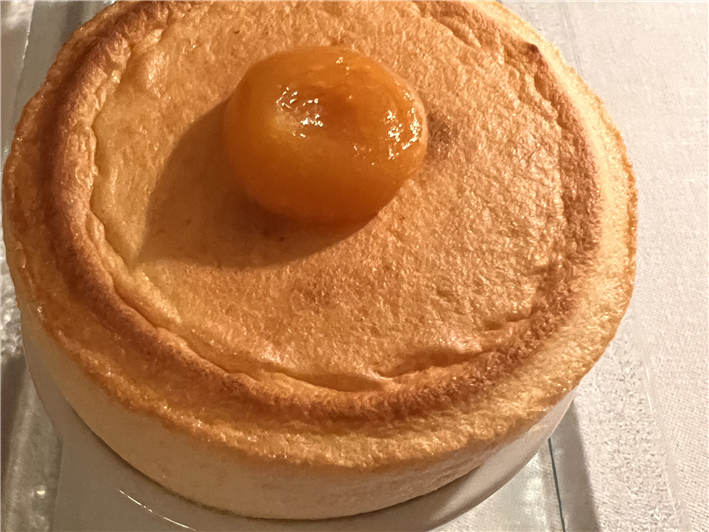
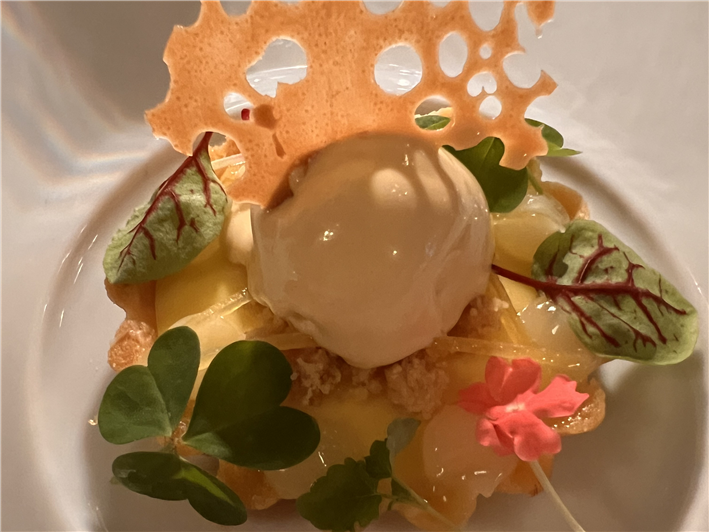
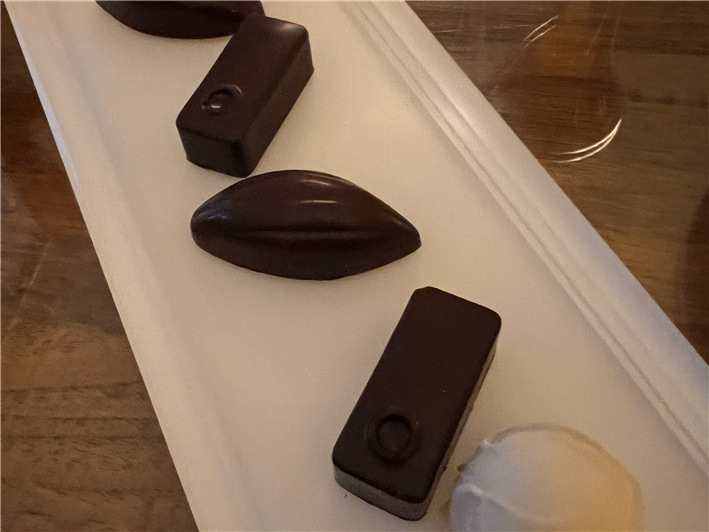
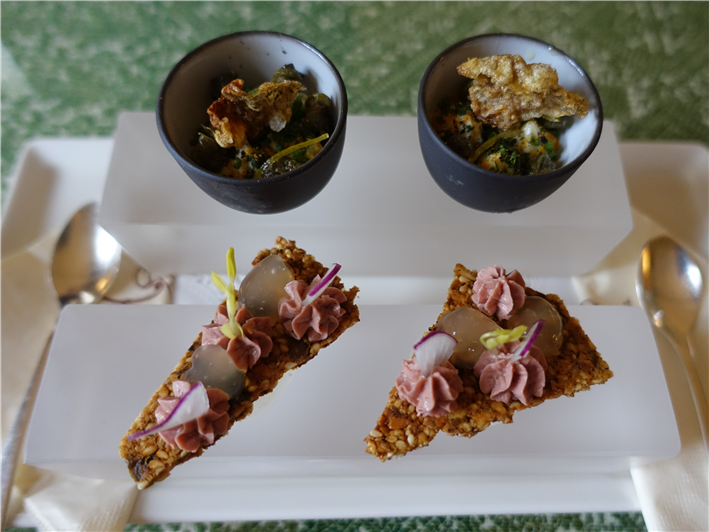
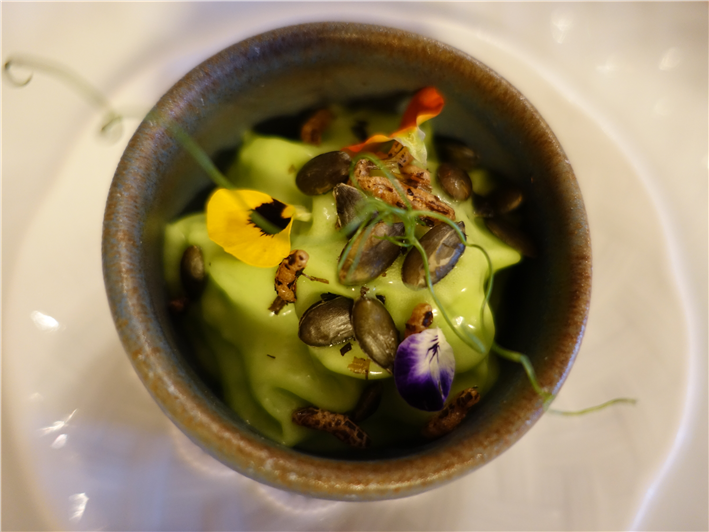

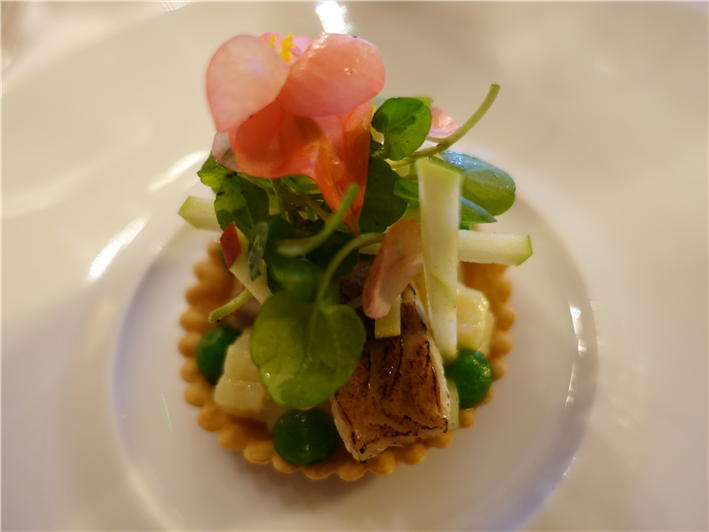
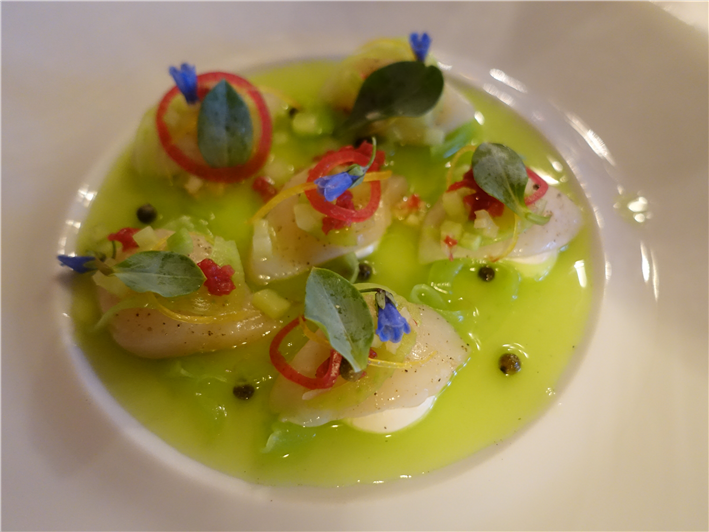
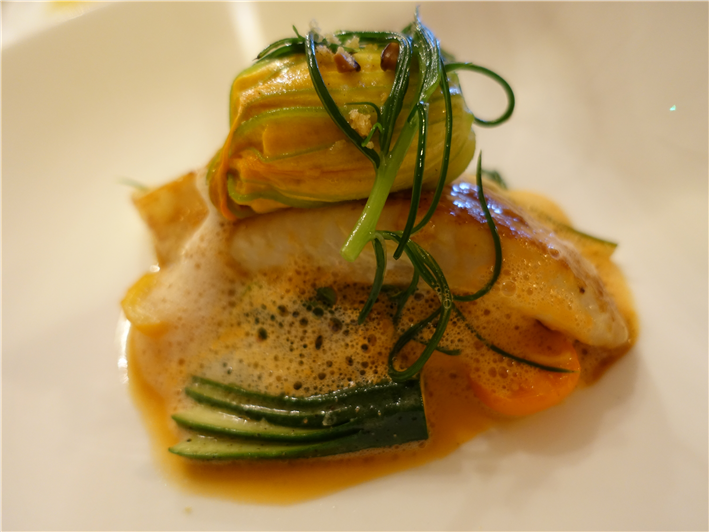
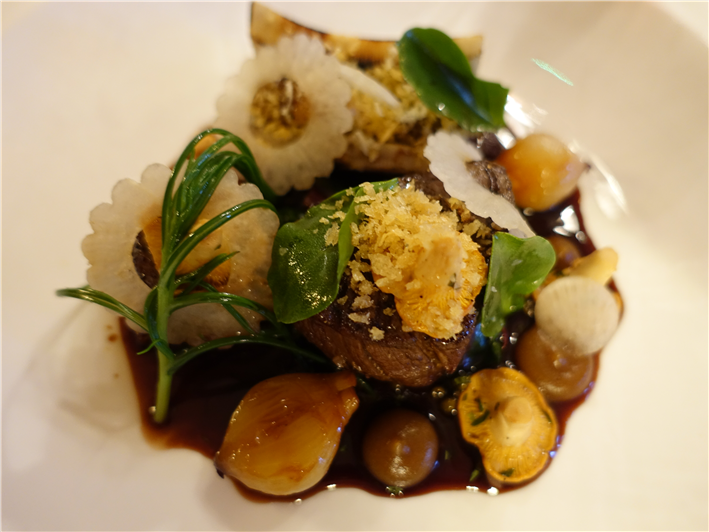

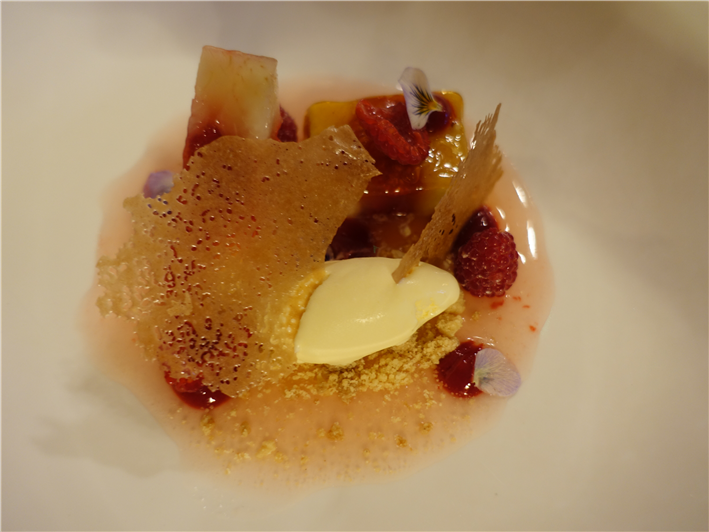
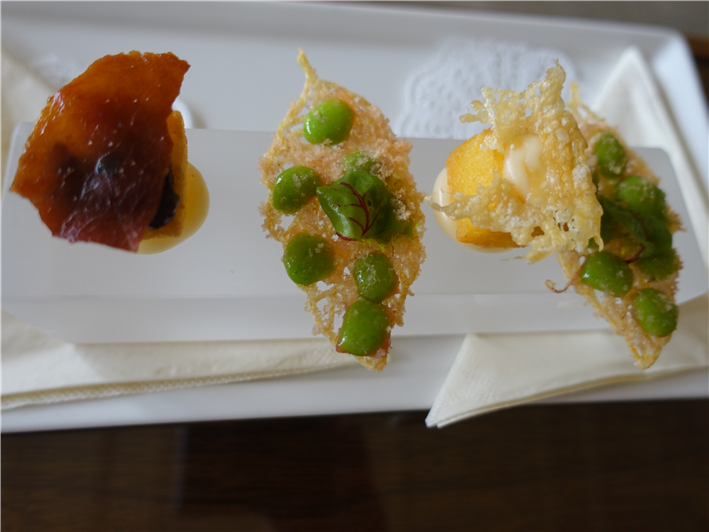
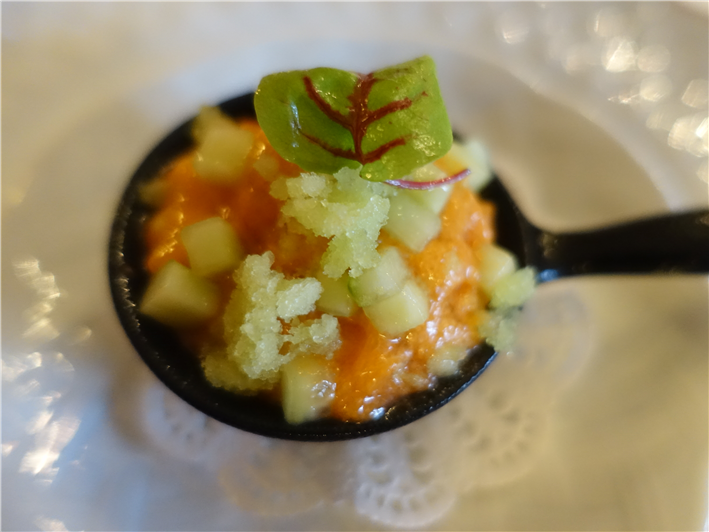
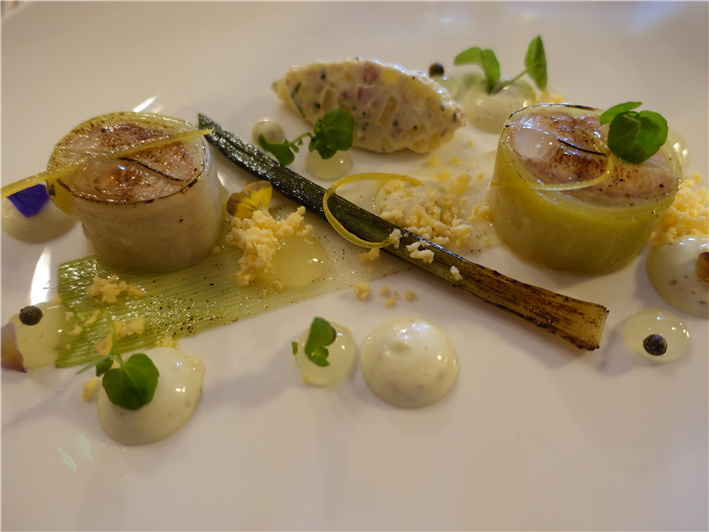
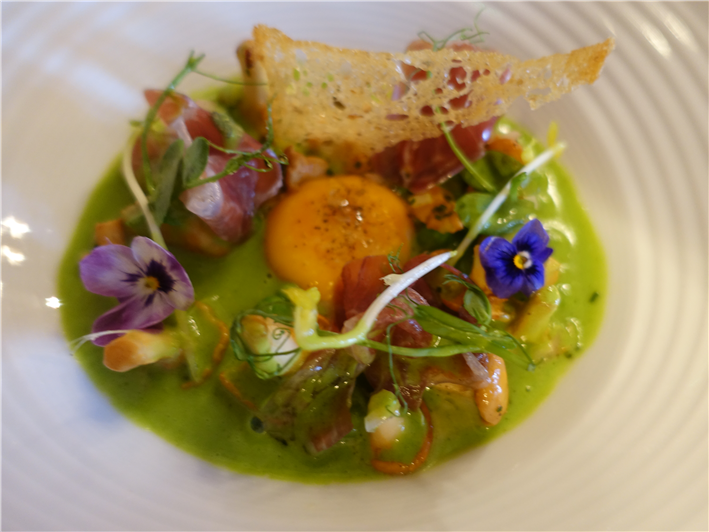
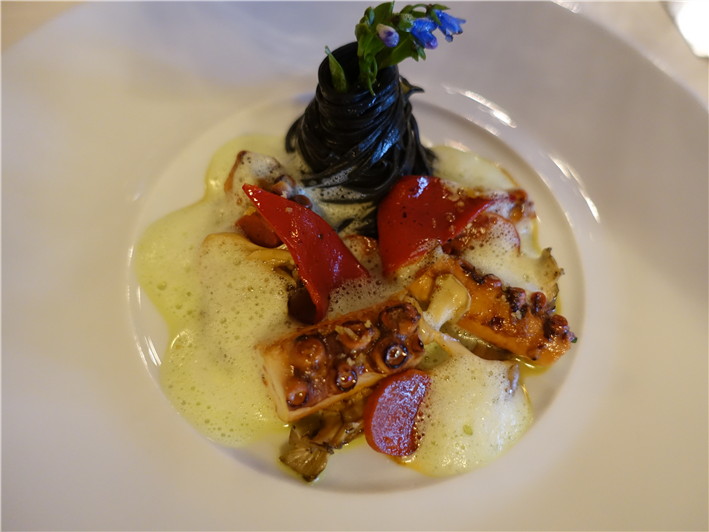
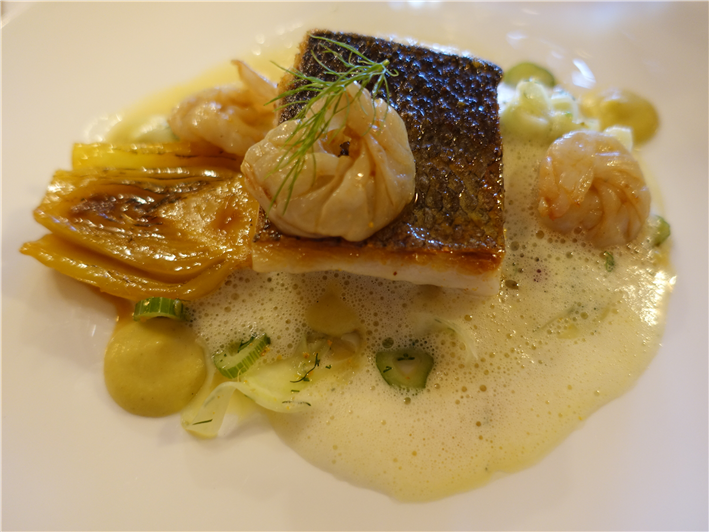
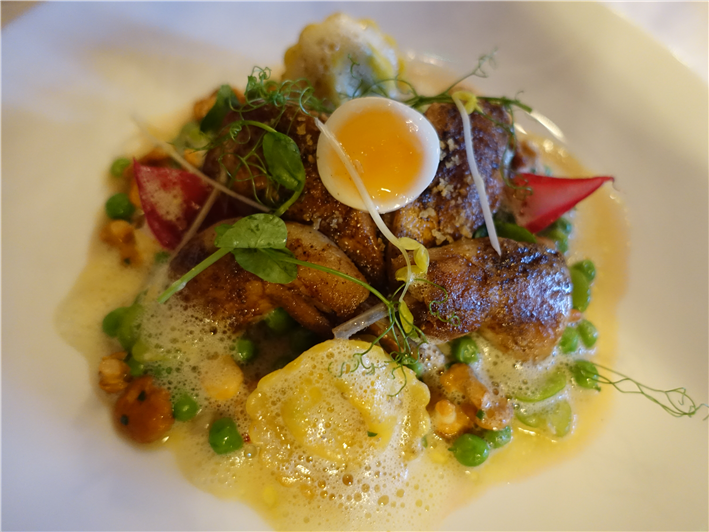
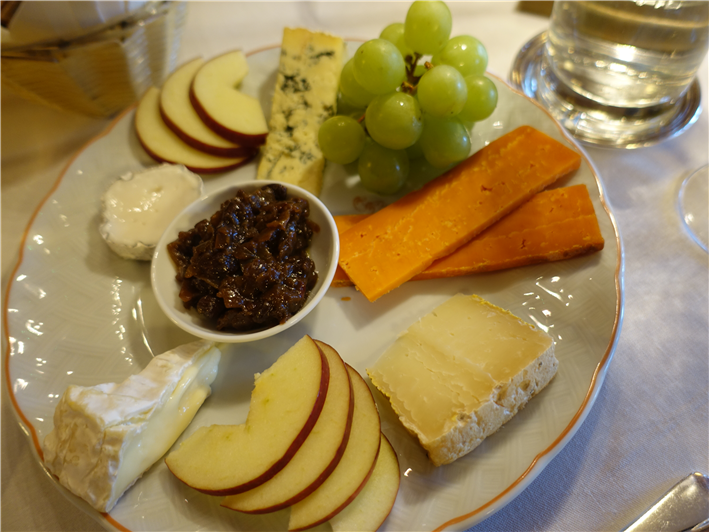
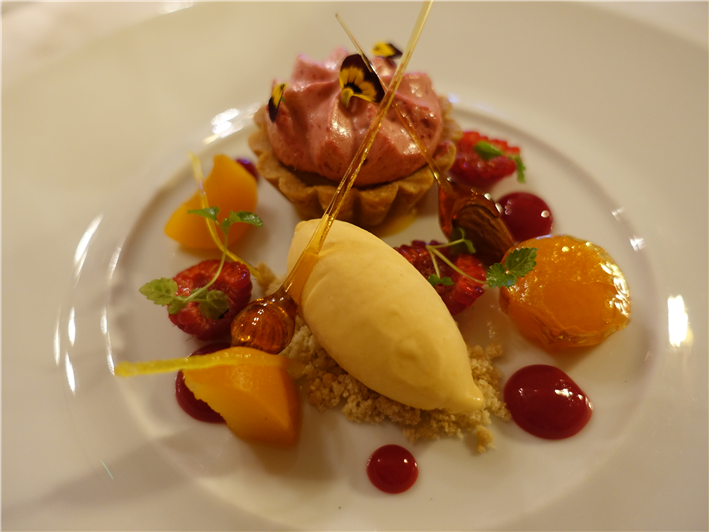
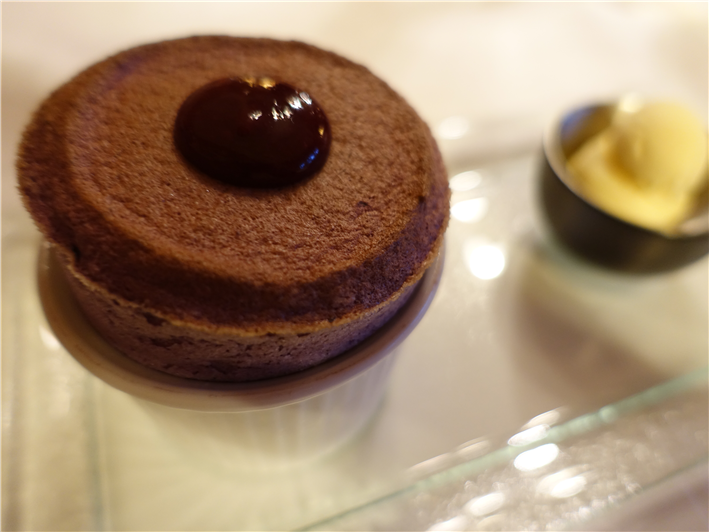
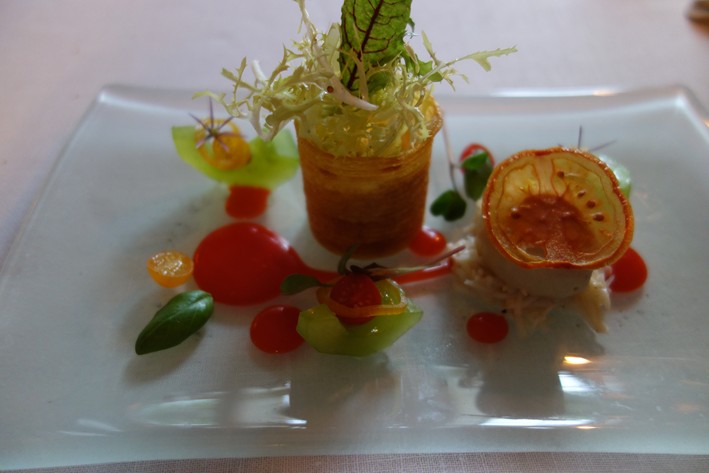
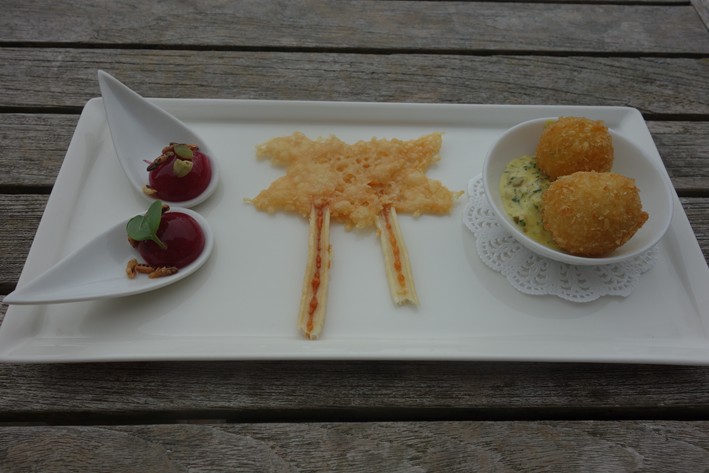
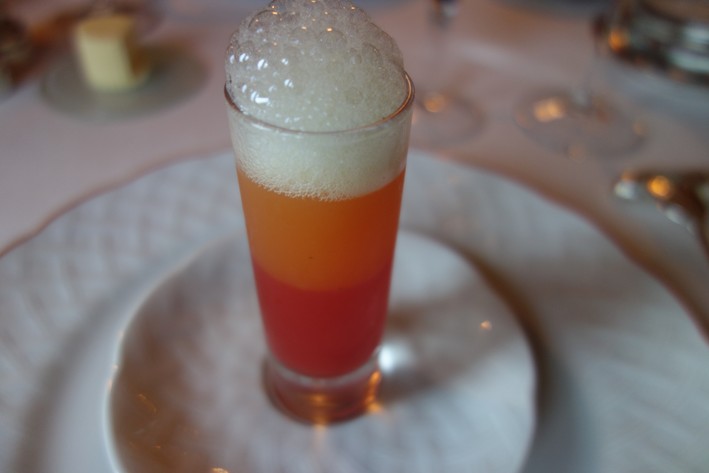
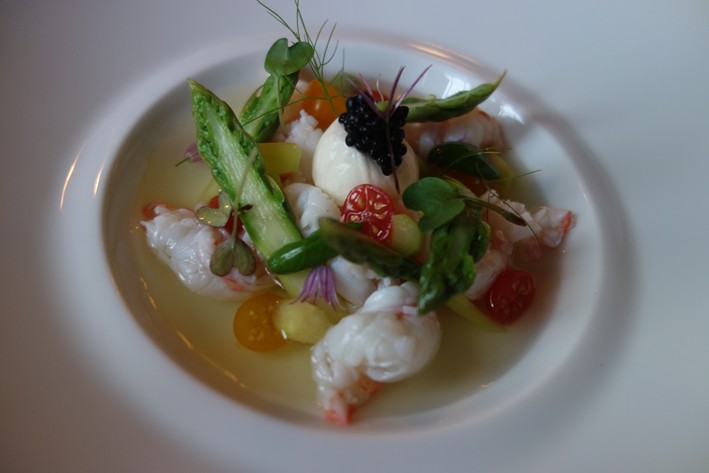
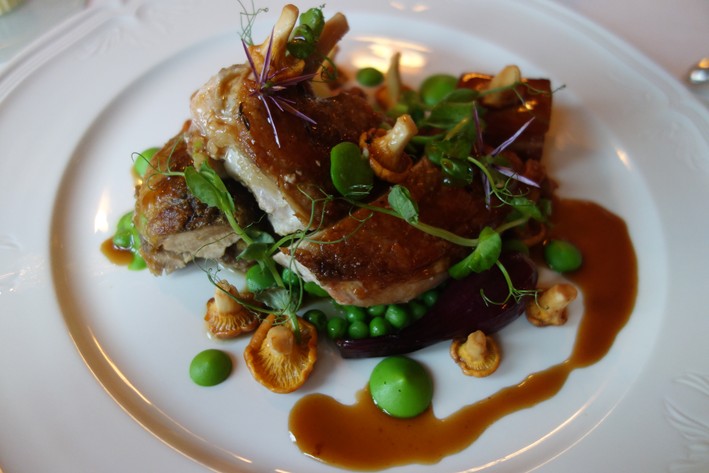

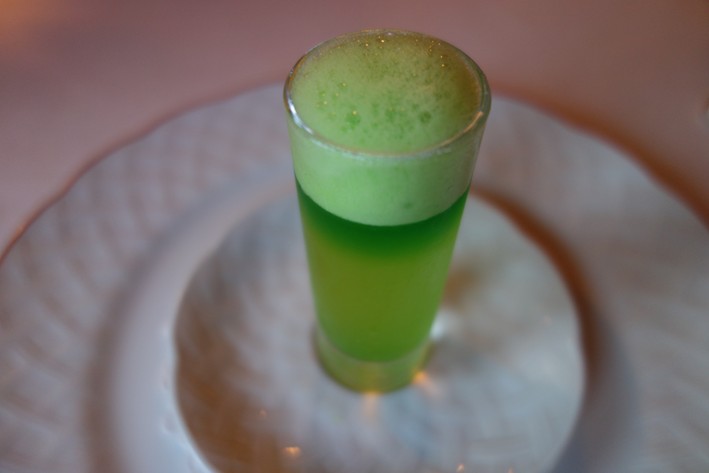
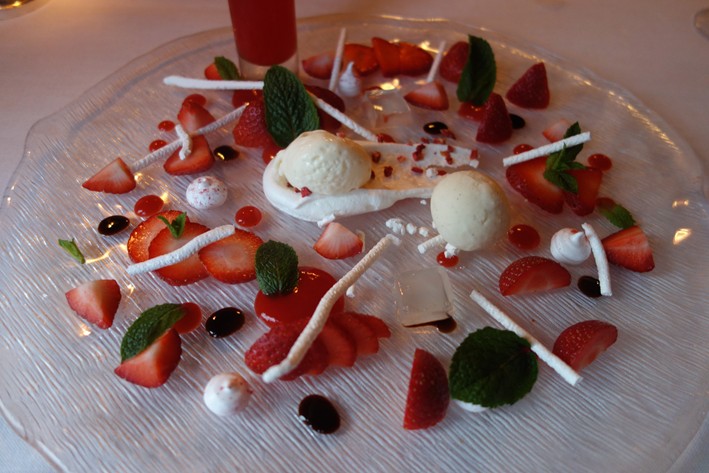
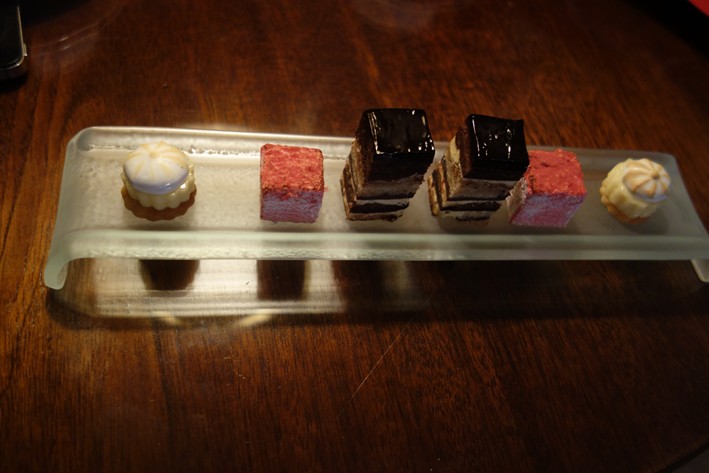
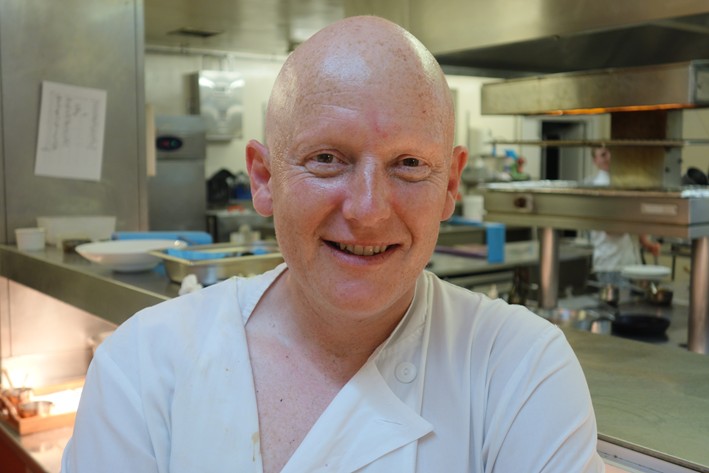


Craig Bennett
The tyranny of the tasting menu is a wonderful phrase. Hambleton has always offered an a la carte option to it’s eternal credit. My wife and I have grown tired of the one option tasting menu.
Paul Henderson
Hambleton has long been my favourite country hotel. We first went there in 1980, not long after it opened. I now live in Australia, and last visited 3 years ago. Why doesn't Michelin award a second star?
Caleb Jones
Seems the chef has an affinity for superfluous flowers.